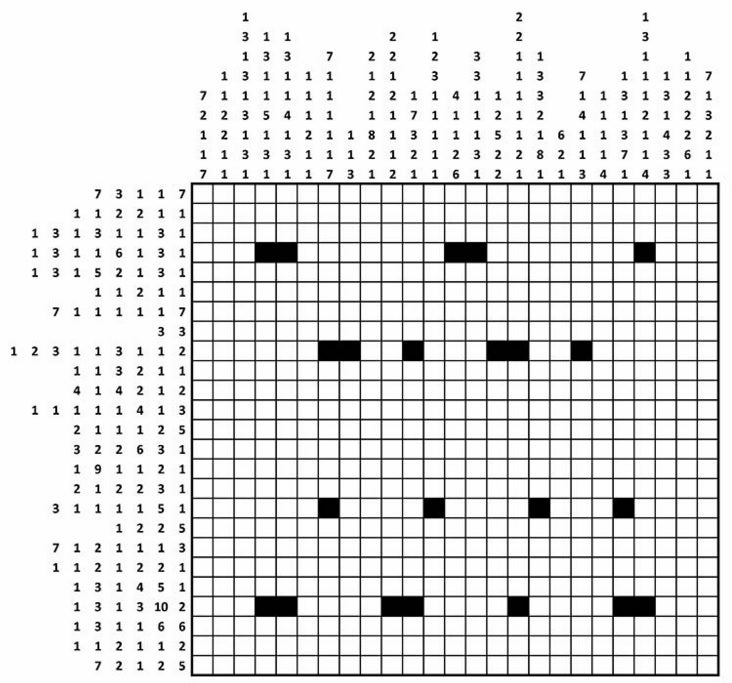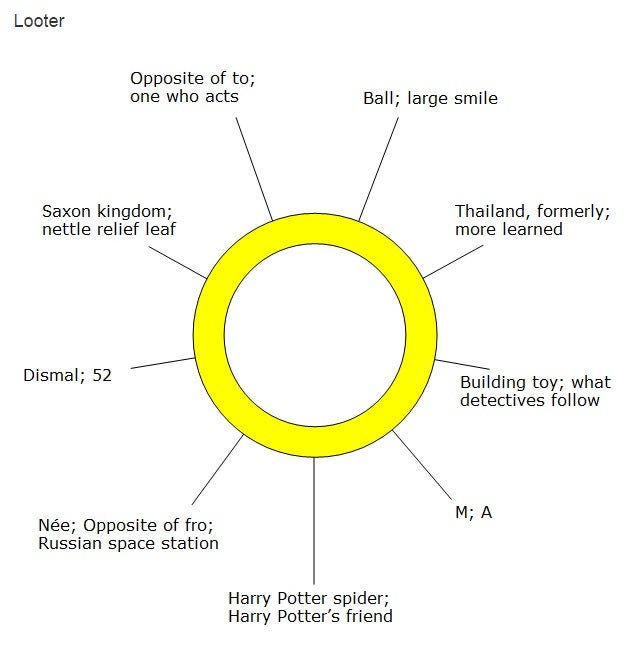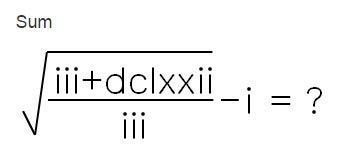Can you solve the world's hardest puzzle?
The puzzle, set by CGHQ director Robert Hannigan, has not been solved by the thousands who have attempted it, since it was set in December

Your support helps us to tell the story
From reproductive rights to climate change to Big Tech, The Independent is on the ground when the story is developing. Whether it's investigating the financials of Elon Musk's pro-Trump PAC or producing our latest documentary, 'The A Word', which shines a light on the American women fighting for reproductive rights, we know how important it is to parse out the facts from the messaging.
At such a critical moment in US history, we need reporters on the ground. Your donation allows us to keep sending journalists to speak to both sides of the story.
The Independent is trusted by Americans across the entire political spectrum. And unlike many other quality news outlets, we choose not to lock Americans out of our reporting and analysis with paywalls. We believe quality journalism should be available to everyone, paid for by those who can afford it.
Your support makes all the difference.It is the puzzle that has stumped would-be code-breakers the world over.
But, if you think you have the brains to battle the riddles that have defeated the minds of many others, you still have three days to put your wits to the test and solve it.
Back in December, Robert Hannigan, director of GCHQ – the UK government’s communications headquarters – included the challenge in his Christmas cards.
The puzzle was subsequently opened up to the public via GCHQ’s website, after the agency decided it deserved a wider audience, according to the Daily Telegraph.
The newspapers reports that since setting the quiz not one person, out of the 600,000 who have started it, has managed to crack each of its five stages successfully.
Once all five parts have been completed, participants can submit their answer to GCHQ via email.
The deadline is 31 January.
Details of Part 1 of the puzzle are given below.
In this grid-shading puzzle each square is either black or white. Some of the black squares have already been filled in. Each row or column is labelled with a string of numbers. The numbers indicate the length of all consecutive runs of black squares and are displayed in the order that the runs appear in that line. For example, a label of '2 1 6' indicates sets of two, one and six black squares, each of them will have at least one white square separating them. Complete the grid with a black pen.

Information for Parts 2, 3, 4 and 5 can also be found on the GCHQ website.
Below is a taste of some of the puzzles in Part 5.



Click here to visit The Independent's crosswords and puzzles site
Join our commenting forum
Join thought-provoking conversations, follow other Independent readers and see their replies
Comments